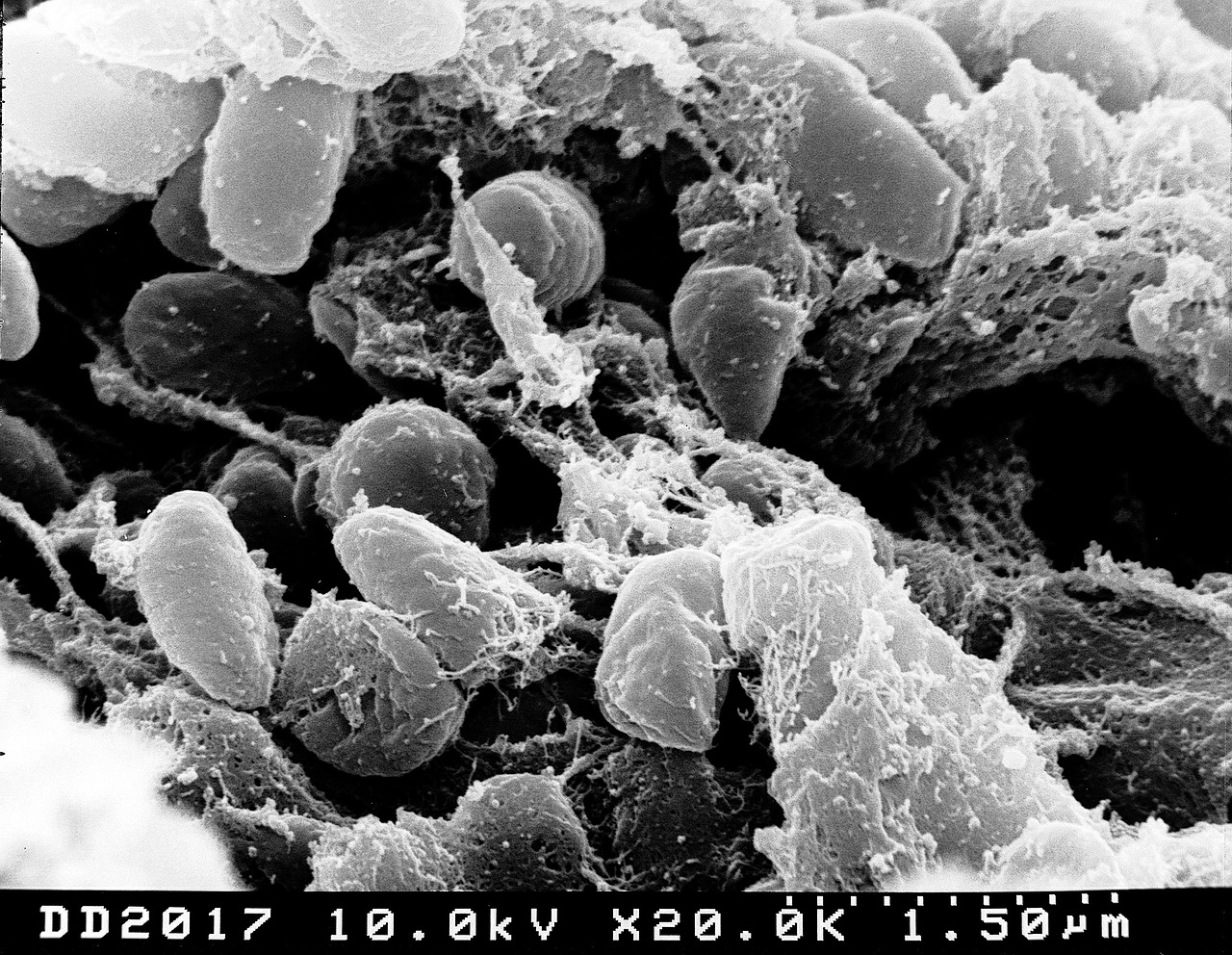An epidemic is a period of higher than normal incidence of an infectious disease. The number of cases does not need to be enormous, just higher than normal, for it to be considered an epidemic; diseases such as rhinovirus (the common cold) are not considered epidemic diseases even when they infect a large percentage of the population, because they are always common. By contrast, anything over 15 cases of meningitis per 100,000 people is considered an epidemic; diseases like meningitis are normally very rare. By nature, an epidemic is limited to one geographic area; if it is found on several continents, it is called a pandemic.
How Epidemics Happen
Most epidemic diseases are contagious, although the term “epidemic” has also been applied to non-contagious conditions, such as obesity. Each pathogen is spread through the normal means of transmission. For example, influenza is spread through respiratory droplets; you can catch it by touching the hand of an infected person who has blown his or her nose and not washed his or her hands. Norovirus, like many pathogens that cause gastrointestinal illness, is spread through fecal-oral transmission. Other epidemic diseases, such as St. Louis encephalitis, are spread by insect bites. The HIV virus, the infectious agent involved in the HIV/AIDS pandemic of the late 20th century, is spread through contact with an infected person’s blood and by sexual contact with an infected person.
Epidemic diseases can spread very quickly when a pathogen is introduced to a new area. The population of the area that has not been exposed to the pathogen has little immune resistance to it. An epidemic of a food borne illness can also happen when the food supply becomes contaminated with a pathogen. Epidemiologists track the source of the contaminated food and do not allow the seller to sell more of the food until they are certain that the contaminated food has been discarded and the new supply is safe. In the past, blood borne infectious agents, including the HIV virus, were spread through blood transfusions, but today, all blood products used in transfusions are carefully screened and are not used unless they are shown to be free of blood borne pathogens.
Notorious Epidemics
Several times, epidemic diseases have changed the course of history. In the fourteenth century, a pandemic of bubonic plague killed about a third of the population of Europe and also devastated parts of Asia. The HIV/AIDS pandemic in the late 20th century led to the screening of all donated blood and other changes in public health policy.

